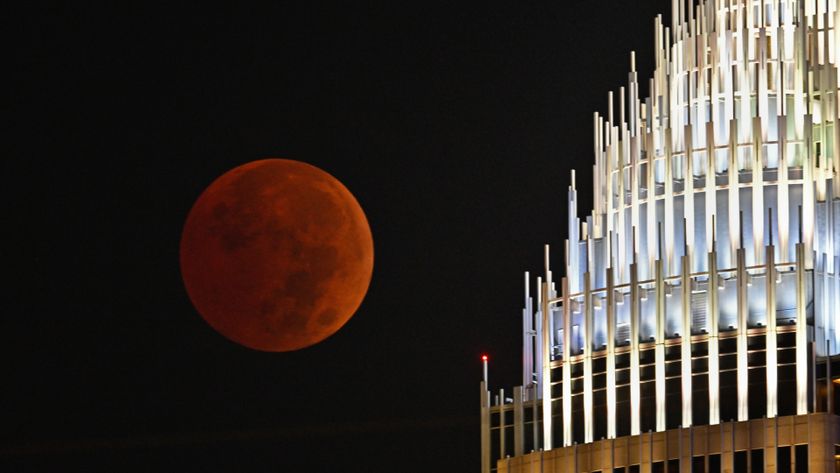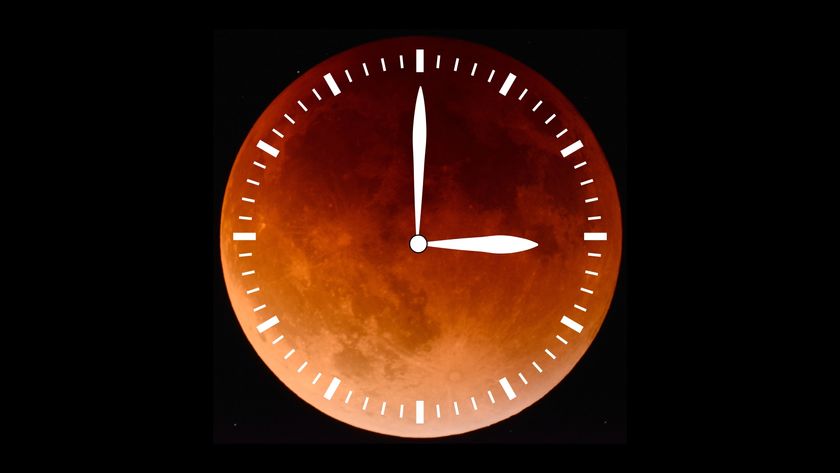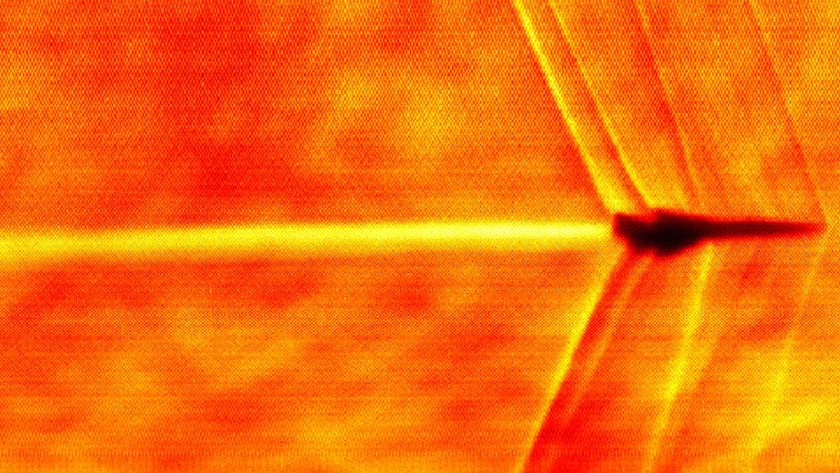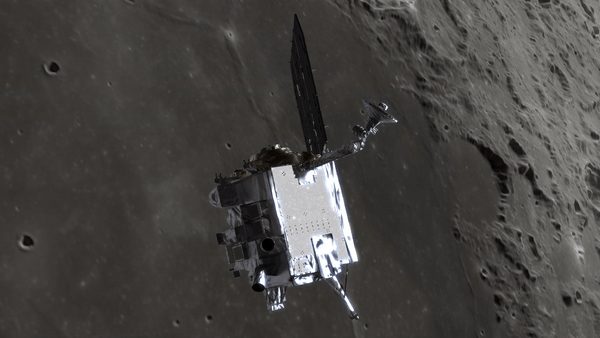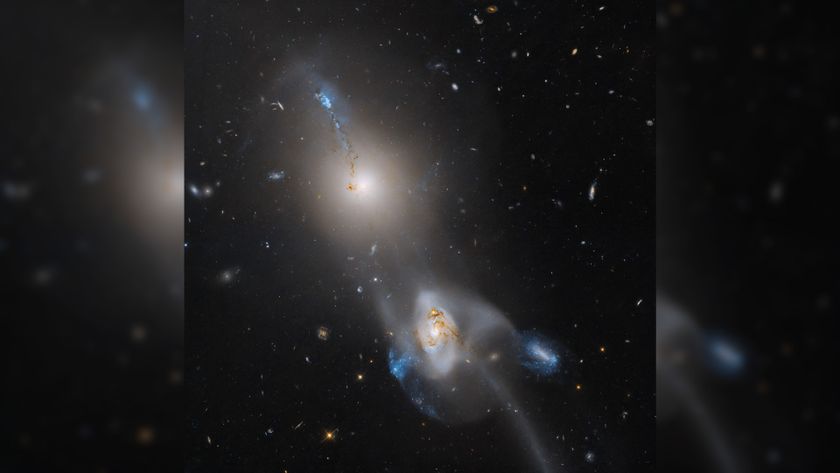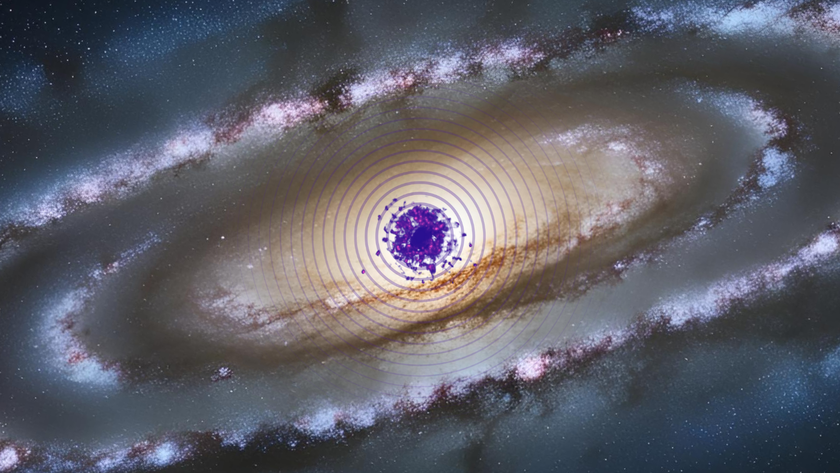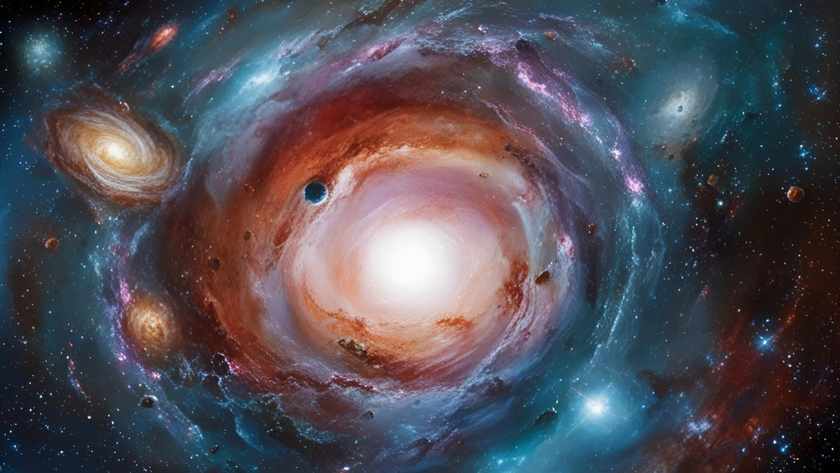Meteorites Possible From Midwest US Fireball
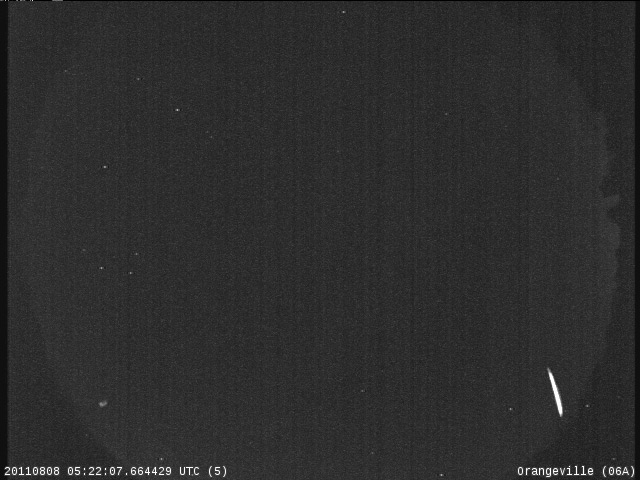
Ohio residents should be on the lookout for potential small meteorites that may have been created by a bright fireball that streaked over southern Ontario, Canada, last week, NASA says.
The fireball was detected by all-sky cameras from the Southern Ontario Meteor Network at 1:22 a.m. EDT (0522 GMT) on Aug. 8.
"It was picked up over Lake Erie and proceeded south-southeast over Ohio," said Bill Cooke, head of NASA's Meteoroid Environments Office at the Marshall Space Flight Center in Huntsville, Ala. [Video: See the Aug. 8 fireball]
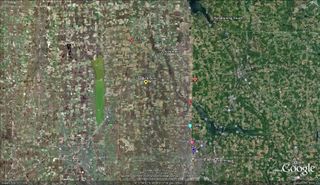
The meteor was last tracked north of Gustavus, Ohio, and the potential impact zone for meteorite fragments is a region east of Cleveland, Cooke told SPACE.com.
When would-be meteors are traveling through space, they are known as meteoroids to astronomers. When they enter Earth's atmosphere to create fireballs, they are called meteors. Only fragments that actually reach Earth's surface are called meteorites.
"We look for ones that are moving low and slow, ones that penetrate deep into the atmosphere," Cooke said. "Normally meteors burn up 40 to 50 miles (about 65 to 80 kilometers) over your head. This one got down to 38 km (24 miles) before we lost track of it, and we know it went lower."
When a meteor penetrates low into the atmosphere and moves relatively slow, it can create meteorites that fall to the ground, Cooke explained. The fireball seen last week slowed to approximately 25,200 mph (40,555 kph). [Photos: Amazing Perseid Meteor Shower Displays]
Get the Space.com Newsletter
Breaking space news, the latest updates on rocket launches, skywatching events and more!
And while skywatchers around the world enjoyed spectacular views of the annual Perseid meteor shower last week, Cooke clarified that this fireball is definitely not a Perseid because it is moving too slowly.
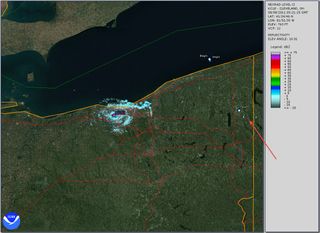
Based on the fireball's brightness and radar observations, the meteor's mass is estimated to be in the range of 22 pounds (10 kilograms). This means that meteorite fragments will likely be pretty small, Cooke said.
"Something the size of your thumbnail, maybe a bit bigger," he said, estimating that any rocks found would probably be about three ounces (roughly 100 grams) and measure about one to two inches (2.5 to 5 cm) across.
For meteorite hunters in the area, or for anyone who fortuitously stumbles across any pieces of space rock, Cooke wants to know about it, and people are encouraged to contact NASA's Meteoroid Environments Office if they find any fragments.
But, the meteorite expert cautions that there are strict rules governing the ownership of space rocks that fall from the sky.
"One thing you need to know is that meteorites belong to the property holder, the owner of the property on which they land," he said. "So, if you're looking for them on someone's property, be sure you talk to them and get their permission first. If you're looking for meteorites, respect the wishes and rights of all property owners."
You can follow SPACE.com staff writer Denise Chow on Twitter @denisechow. Follow SPACE.com for the latest in space science and exploration news on Twitter @Spacedotcom and on Facebook.
Join our Space Forums to keep talking space on the latest missions, night sky and more! And if you have a news tip, correction or comment, let us know at: community@space.com.

Denise Chow is a former Space.com staff writer who then worked as assistant managing editor at Live Science before moving to NBC News as a science reporter, where she focuses on general science and climate change. She spent two years with Space.com, writing about rocket launches and covering NASA's final three space shuttle missions, before joining the Live Science team in 2013. A Canadian transplant, Denise has a bachelor's degree from the University of Toronto, and a master's degree in journalism from New York University. At NBC News, Denise covers general science and climate change.

